The national hero who opened one of the most brilliant pages of Vietnamese history was Dinh Tien Hoang. The Complete Annals of Dai Viet praised him as “a king with extraordinary talent and intelligence, the bravest and most resourceful of his generation”. His greatest achievement was to unify the country under the threat of chaos caused by the 12 warlords fighting for control, dividing Vietnam into many pieces.
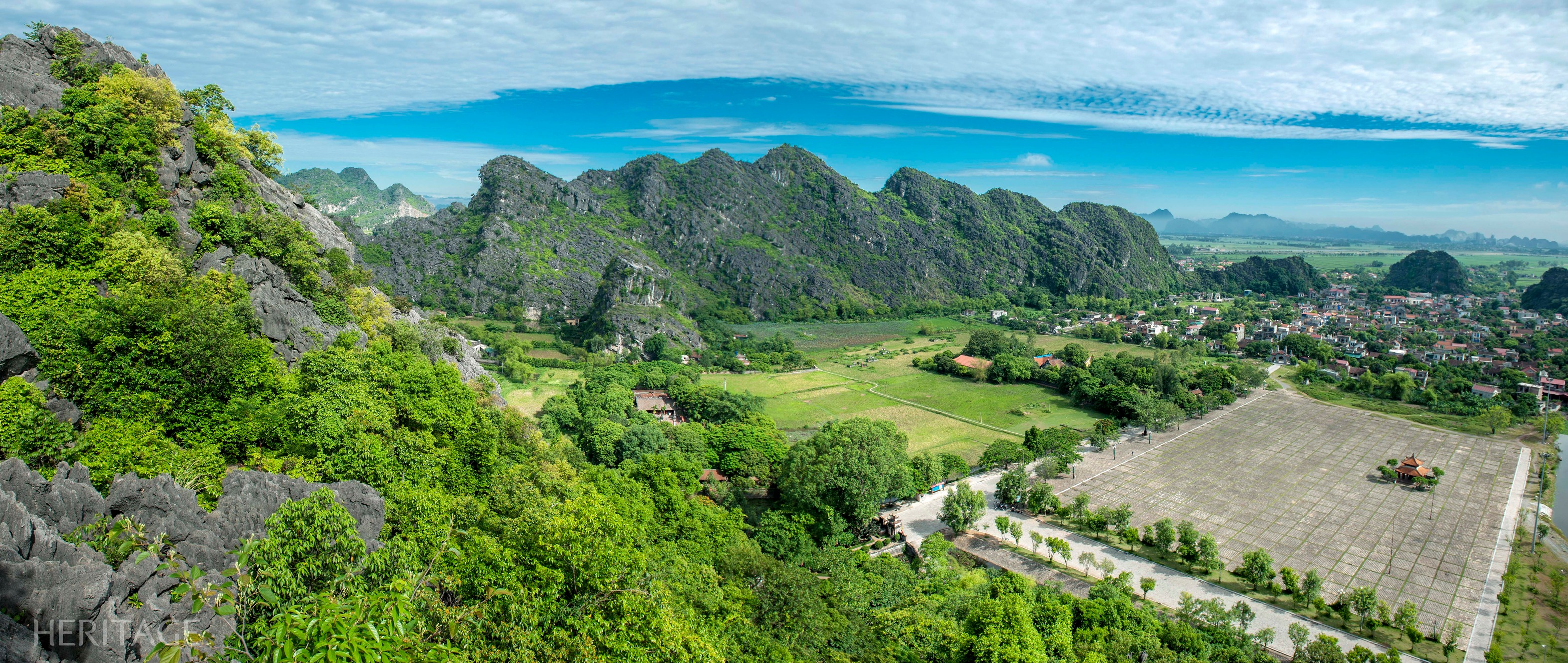
From a leader of a group of buffalo herders using reed flags to practice war, he built his hometown into the famous Hoa Lu capital of Dai Co Viet in 968 (currently located in the area of Hoa Lu and Gia Vien districts and Ninh Binh city, Ninh Binh province).
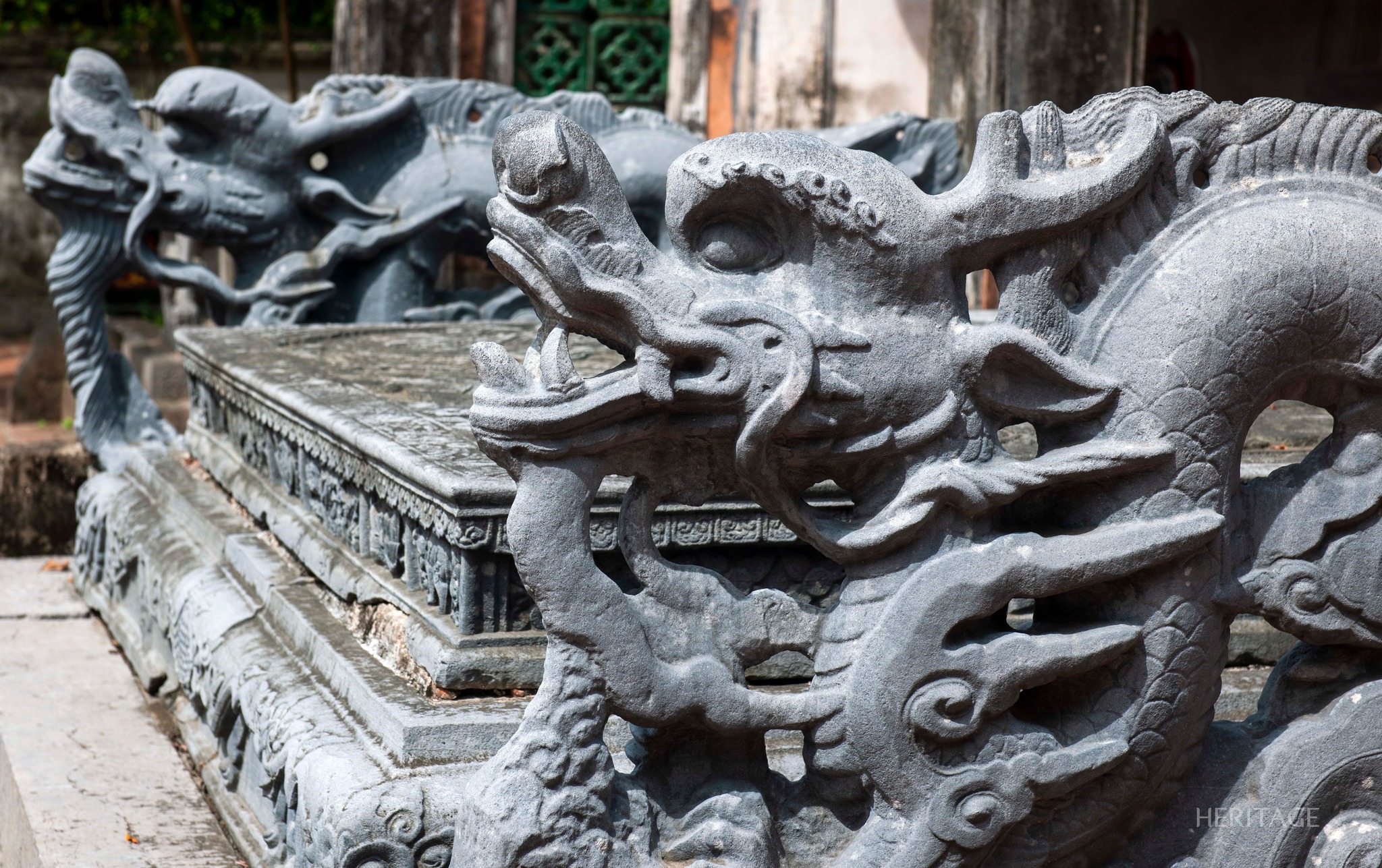
Perhaps when he built the first Hoa Lu citadel, he could not have imagined that one day, this place would be one of the important "Special National Monuments" in Vietnamese history, the birthplace of three glorious dynasties: Dinh Dynasty, Tien Le Dynasty and Ly Dynasty.
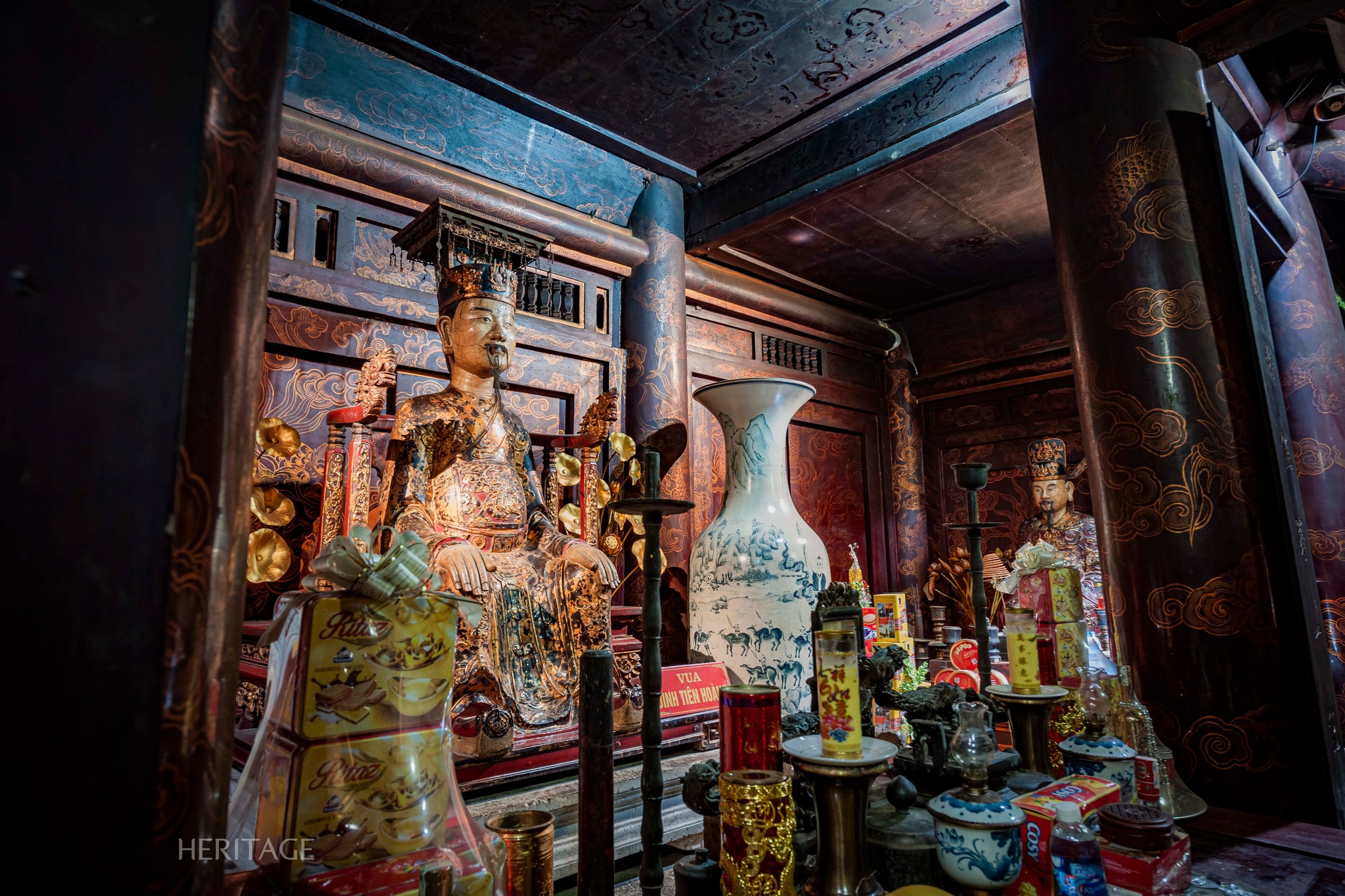
The greatness of Dinh Tien Hoang was to build a centralized feudal state, to honor himself as emperor and not to claim to be the king of a vassal state, dependent on another country. He was the first emperor after the "long night of a thousand years of Chinese domination". Following him was Le Hoan - Dai Hanh emperor, who had the merit of consolidating national independence, "defeating the Song, pacifying the Cham". The Ly dynasty also started in Hoa Lu with the first king Ly Thai To, initially establishing the capital in Hoa Lu and then moving to Thang Long in 1010.

During the 42 years as the capital of 3 dynasties, Hoa Lu has left many golden marks. First of all, it is the vestige of an ancient citadel, in a dangerous position with the function of a military citadel and defense.
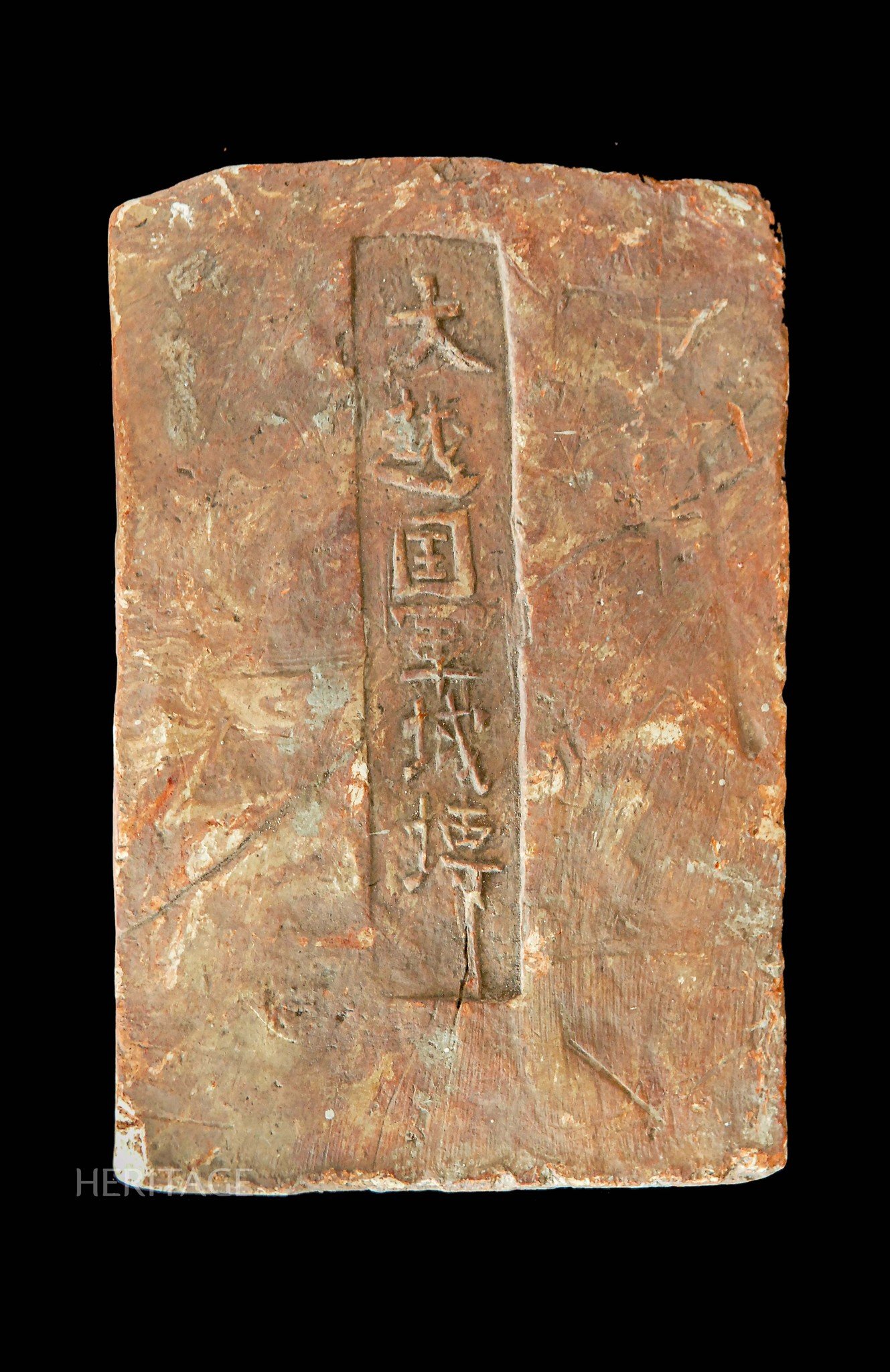
Some bricks are produced from specialized kilns, with the words "Dai Viet Quoc Quan Thanh Chuyen" (bricks to build the Imperial Citadel of Dai Viet) on the outside.
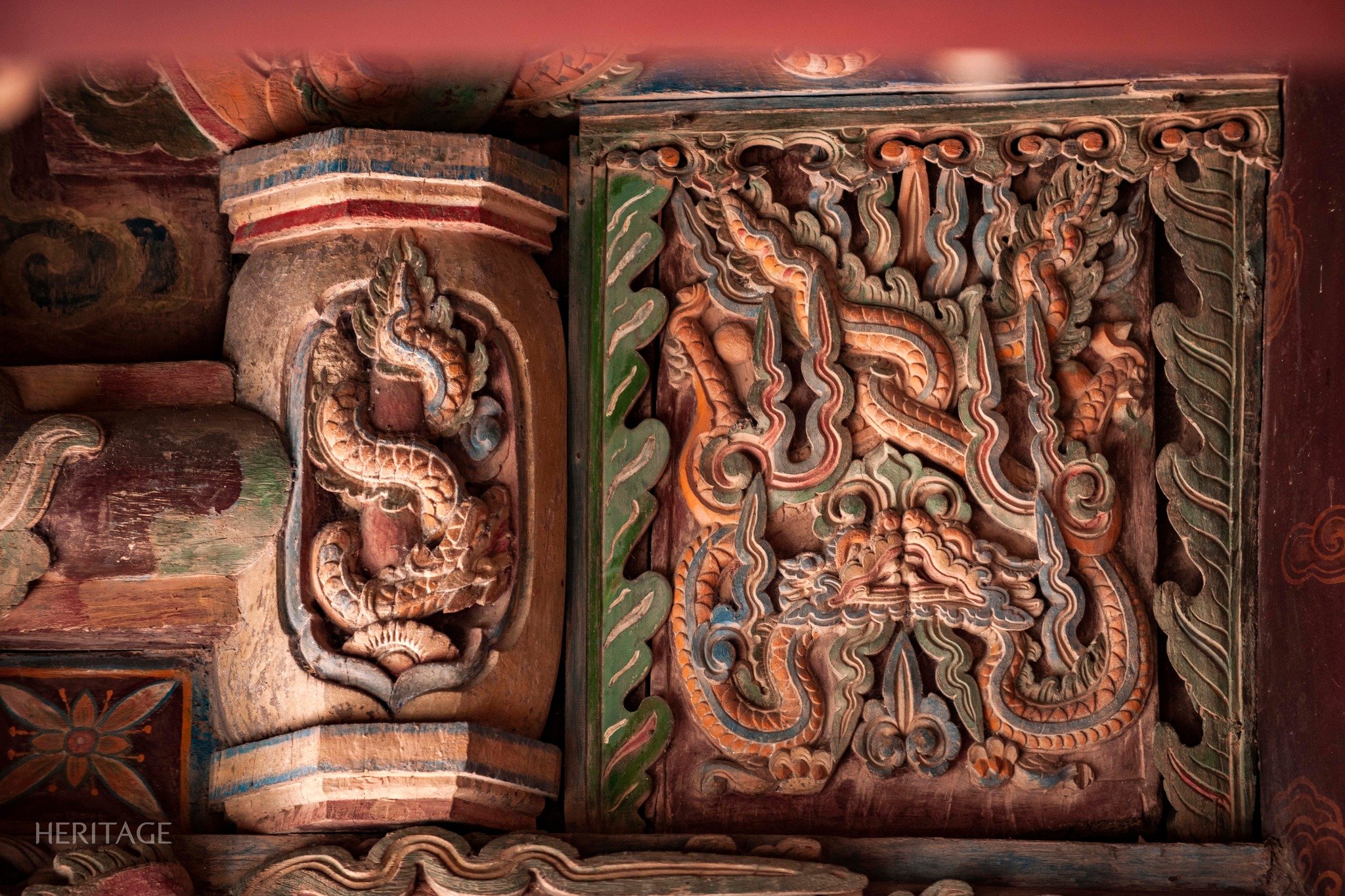
To date, traces of 10 sections of the earthen wall still remain. Archaeologists have found the structure of the sections of the wall, estimated to be about 8-10m high. The foundation of the wall has many wooden stakes driven deep into the ground. The inside of the wall is built of 45cm thick bricks, and the base of the wall is made of stone blocks and bricks.

Traces of the ancient capital Hoa Lu have been discovered through archaeological excavations since 1963.
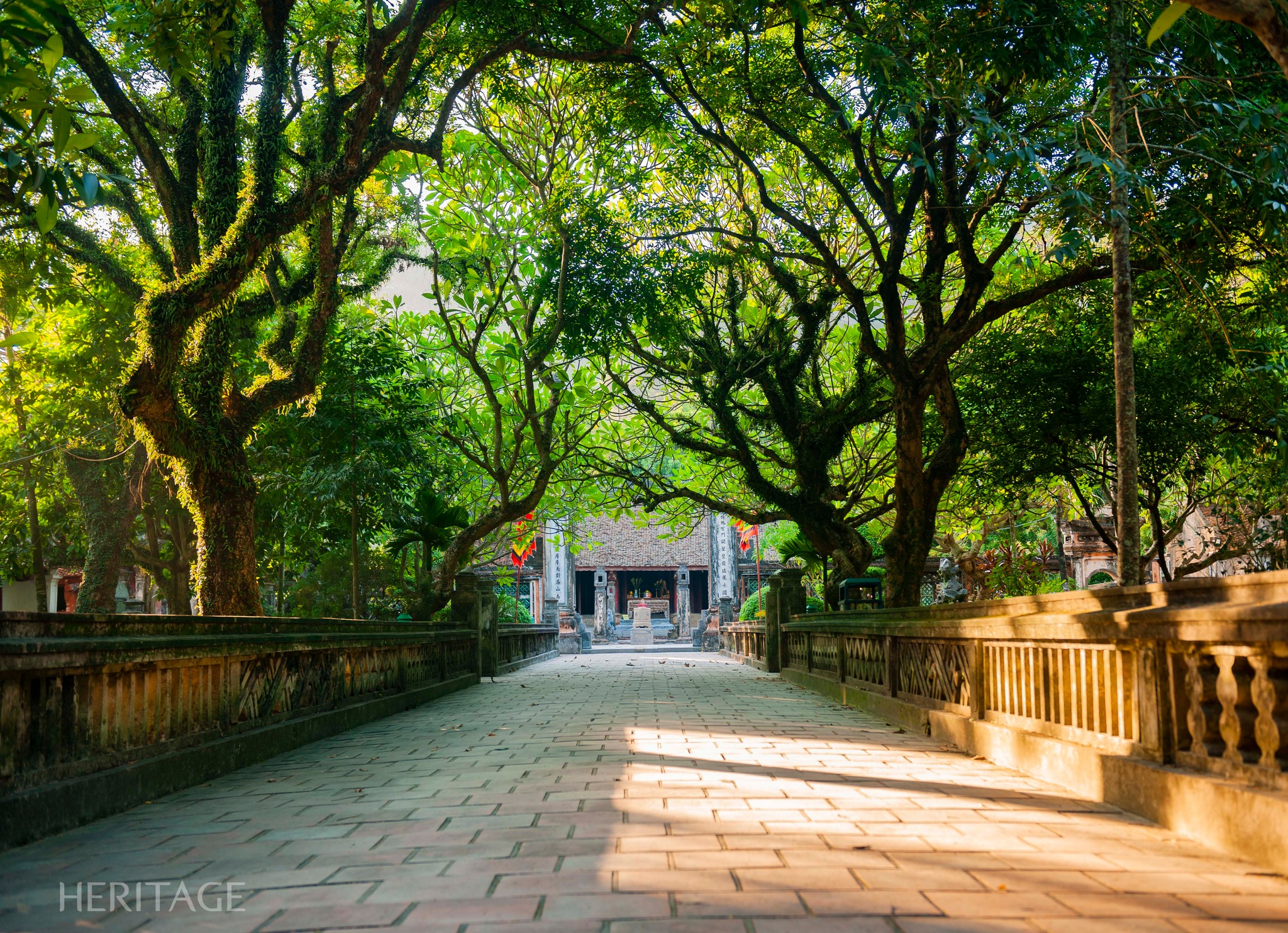
Hoa Lu Citadel was located in the center of the country at that time: at the intersection of the Northwest region, the Red River Delta and the North Central region. When attacking, it could go north or south, conveniently by land and water. When defending, it could block the enemy with high mountain ramparts with a natural moat, the Hoang Long River and its branch, the Sao Khe River. When retreating, there was also a way to the Northwest mountains.
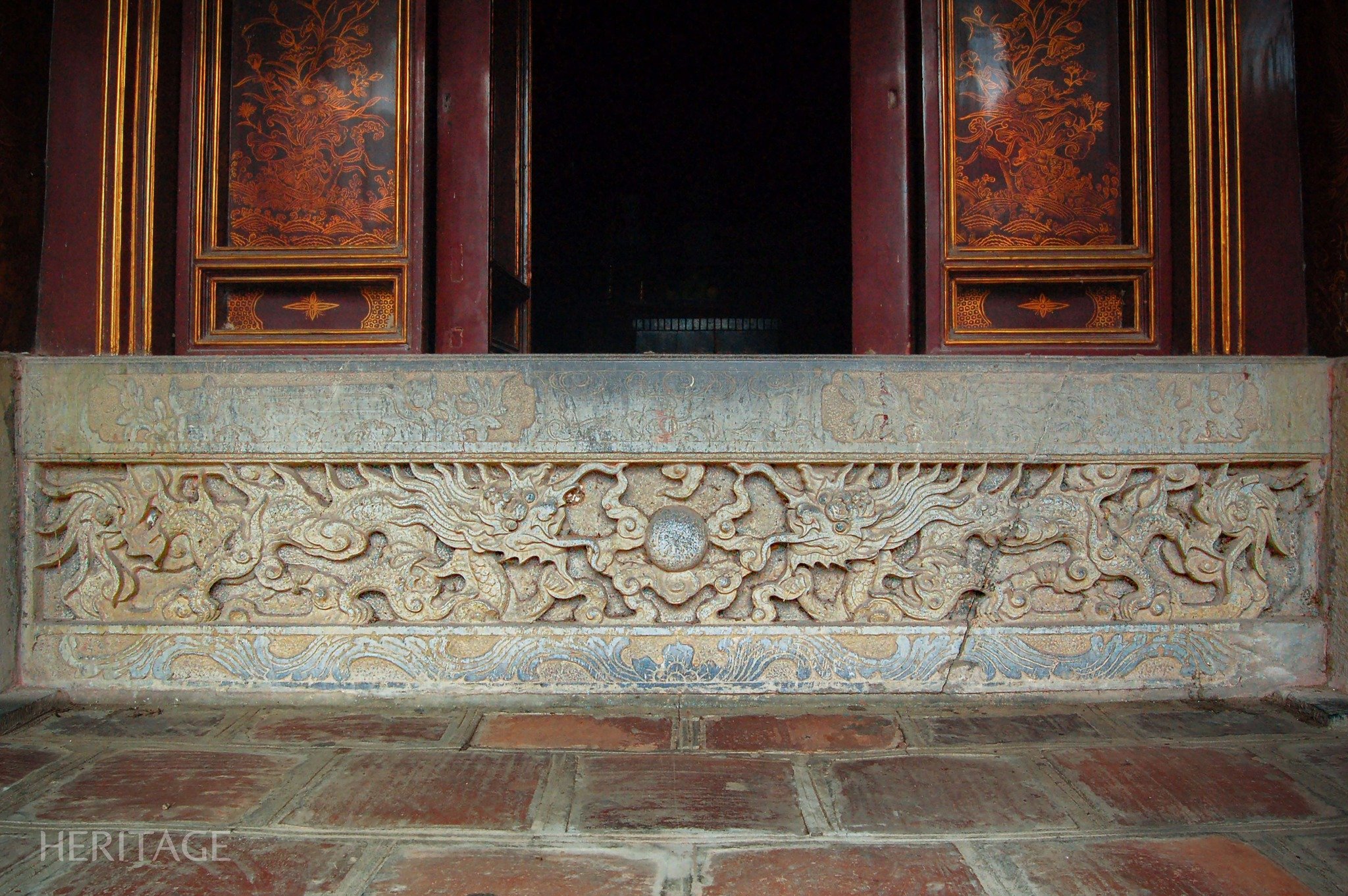
A part of the palace of the Le Dai Hanh period was found 3m deep underground with large floor tiles measuring 48cm x 78cm, decorated with lotus flowers, various types of bricks for building walls, tube-shaped tile heads, duck statues, royal utensils...
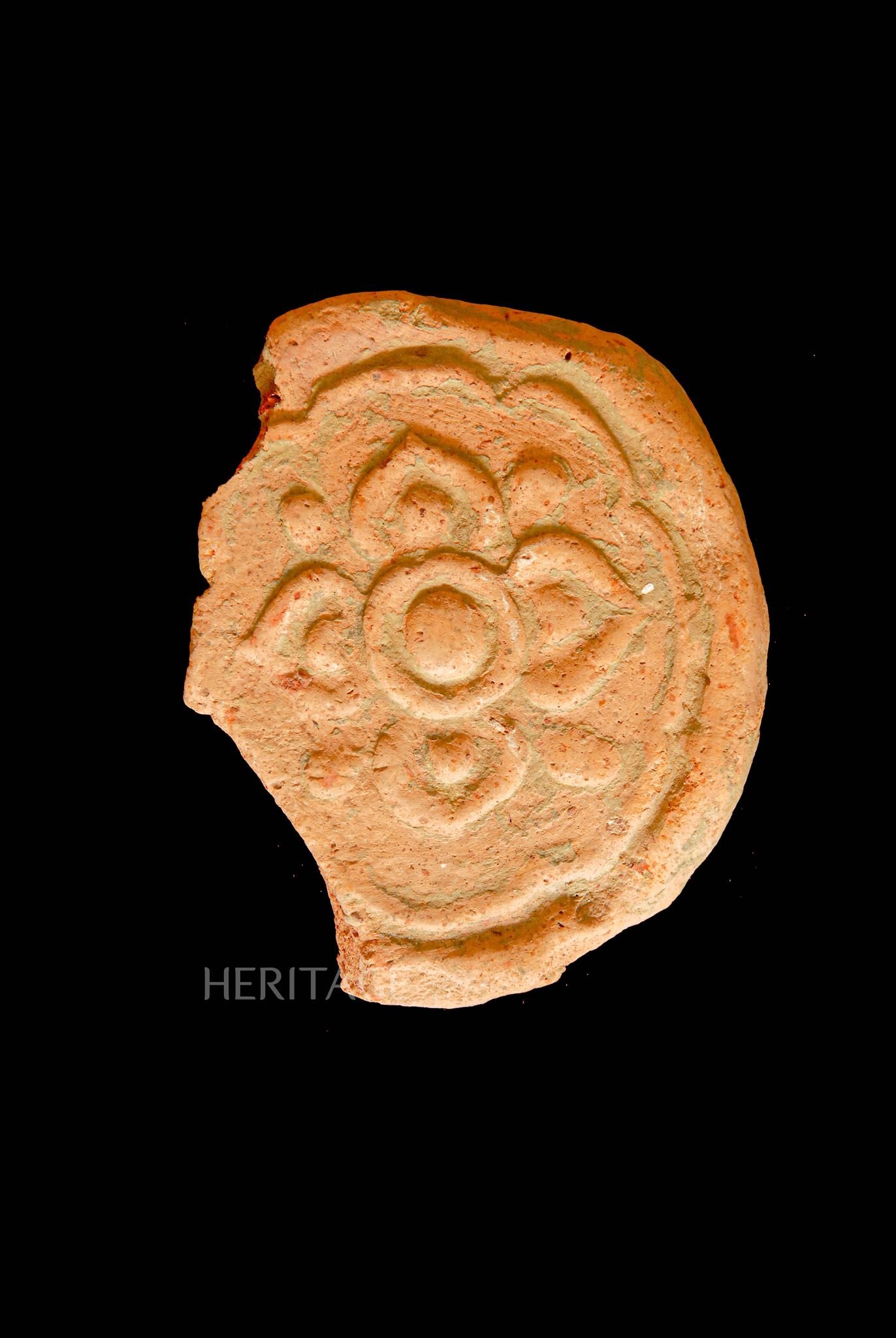
Archaeologists have found the structure of the ramparts estimated to be about 8-10m high, the ramparts' foundation has many wooden stakes driven deep into the ground, the inside of the ramparts is built of 45cm thick bricks, the base of the ramparts is made of stone blocks and bricks.
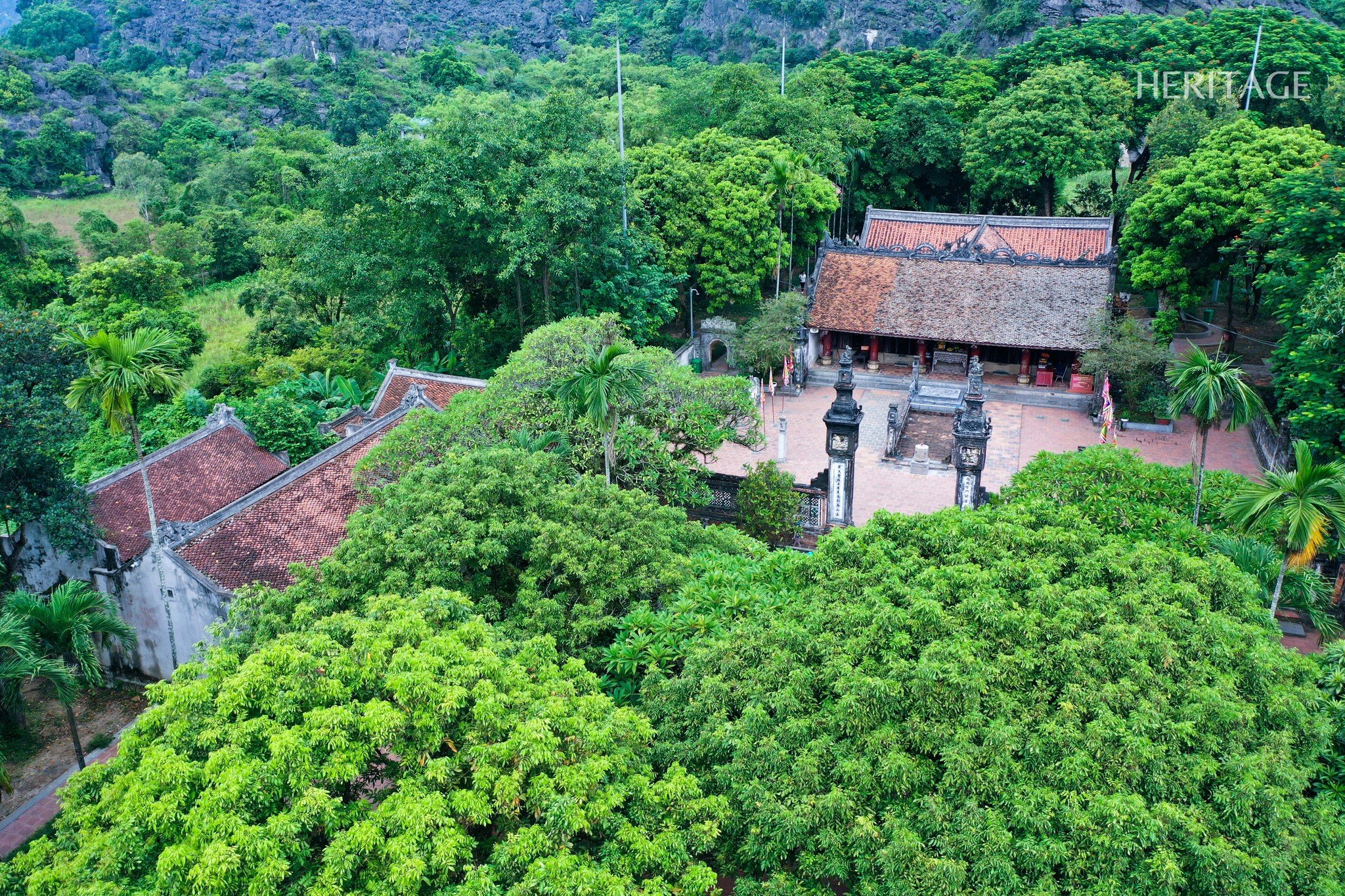
Hoa Lu Citadel is a creation of the Vietnamese people when using high mountains as natural walls to surround the valley, connecting the mountains with brick and earthen ramparts to create a closed citadel.
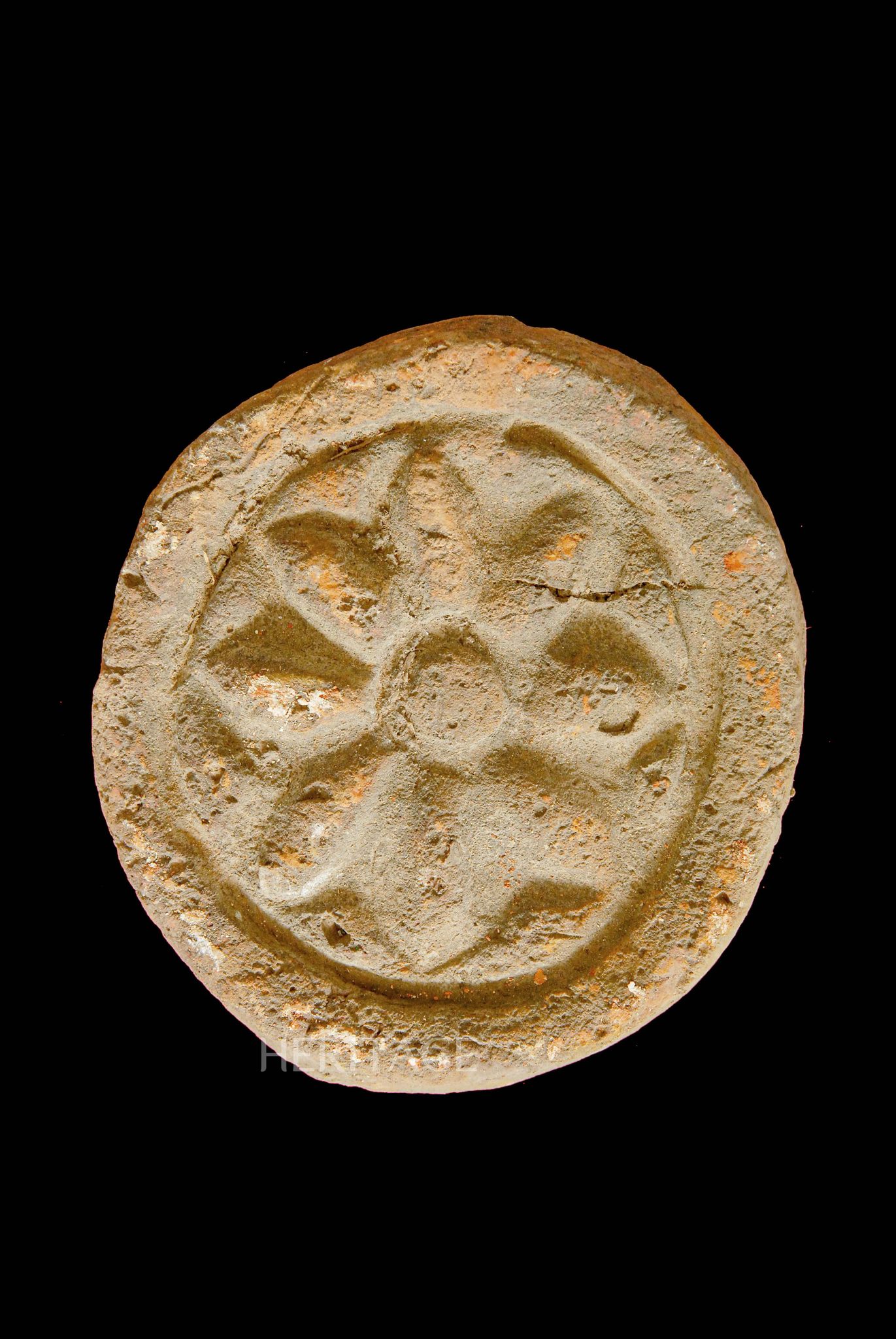
 The ancient capital of Hoa Lu also has many pagodas built during the Dinh and Tien Le dynasties. A typical example is Nhat Tru pagoda with an octagonal stone pillar of the Shurangama Sutra, 4.16m high, built in 995 during the reign of Le Dai Hanh. On the 8 sides of the stele are engraved Chinese characters with about 2,500 words recording the content of Buddhist scriptures. In addition to the Shurangama Sutra pillar, archaeologists also found 40 stone pillars of the same type but smaller in size in the ground of Hoa Lu.
The ancient capital of Hoa Lu also has many pagodas built during the Dinh and Tien Le dynasties. A typical example is Nhat Tru pagoda with an octagonal stone pillar of the Shurangama Sutra, 4.16m high, built in 995 during the reign of Le Dai Hanh. On the 8 sides of the stele are engraved Chinese characters with about 2,500 words recording the content of Buddhist scriptures. In addition to the Shurangama Sutra pillar, archaeologists also found 40 stone pillars of the same type but smaller in size in the ground of Hoa Lu. 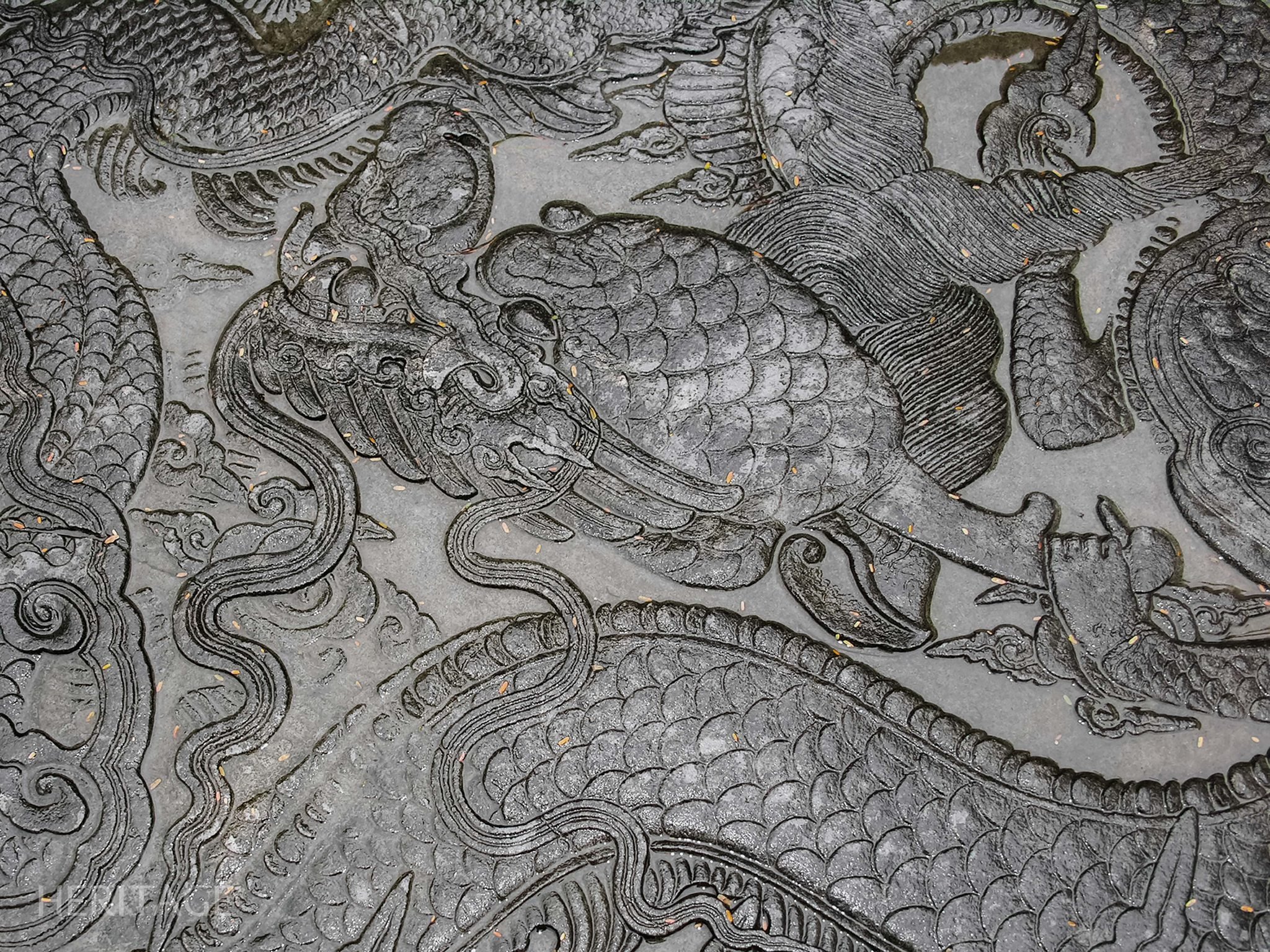
Recently, in 2022, quite large traces of the foundations of palaces in the area of the temples of King Dinh and King Le were found, thereby determining the scale of the Forbidden City and Hoa Lu Imperial Citadel.
Heritage Magazine


![[Photo] President of the Cuban National Assembly visits President Ho Chi Minh's Mausoleum](https://vphoto.vietnam.vn/thumb/1200x675/vietnam/resource/IMAGE/2025/10/1/39f1142310fc4dae9e3de4fcc9ac2ed0)
![[Photo] Hanoi morning of October 1: Prolonged flooding, people wade to work](https://vphoto.vietnam.vn/thumb/1200x675/vietnam/resource/IMAGE/2025/10/1/189be28938e3493fa26b2938efa2059e)
![[Photo] Keep your warehouse safe in all situations](https://vphoto.vietnam.vn/thumb/1200x675/vietnam/resource/IMAGE/2025/10/1/3eb4eceafe68497989865e7faa4e4d0e)









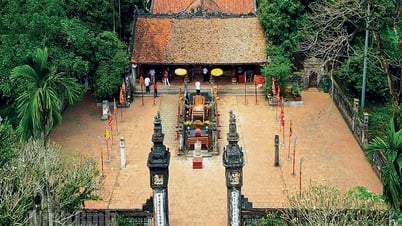

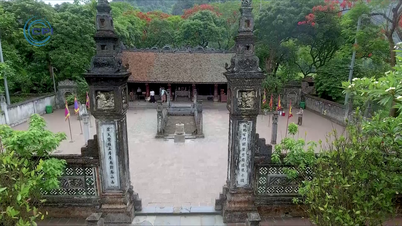









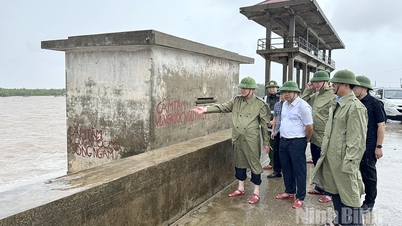







































































Comment (0)